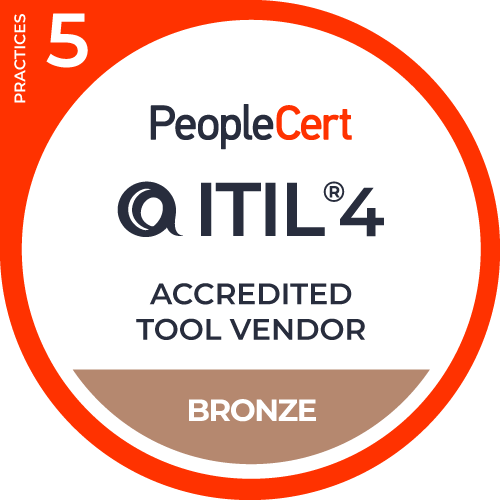Imagine this. A company is looking for a license management software and there are a lot of inputs and arguments to be discussed and considered. Discussions could easily take weeks (or even months) without a good resolution if you don’t know what you're looking for. And license management is just one of the many in a suite of programs collectively called IT management software. At one point or another, IT departments would have to decide on what platform(s) to use. This is not an easy task considering that there are several factors that should be considered. Getting the right IT management software requires thorough planning and research, and knowing the factors that should influence your choice.
So what should you be looking for in an IT management tool? Here are the most important requirement.
Easy and fast to install and implement.
There are IT management systems out there that take months to successfully install and implement. You should not be using too much time or allotting too many resources in installing and implementing your software. Deploying, configuring, and customizing your software should be over in a matter of hours, as well. What's more, your IT management software should be very flexible, and may be used on different platforms, from Linux to Microsoft to Solaris to Mac, and others.
User-friendly interface that is simple to understand and navigate.
The user interface should be very easy to use. This takes away the time needed to figure out how your IT management tool works. Having a complicated interface could overlook some necessary functionality just because it is very difficult to understand and you do not know where they are in the program.
Allows for centralized access to information.
An IT management tool will have different components, such as license management software, software metering, change control, warranty management, among others. Your program should allow you to have centralized access to information instead of having several stand-alone modules that do not integrate with one another. It should gather every functionality into one centralized area where you could easily find the information, instead of going all around trying to locate a single piece of information you need. If you can, look for an IT management solution that is based in the cloud, which collates everything in a single web-enabled storage.
Customizable to make the software work for you.
There are situations wherein you might need to give access to other managers or consultants to some sections of your software. For example, you might need to give your finance department access to your license management software or perhaps grant department heads access to several software metering functionalities. Your IT management tool should allow you to customize as many areas as possible without having to bring in a team of consultants to do the work for you.
Easy to use, operate, maintain, and upgrade.
Because you are going to give access to other people in your organization, you have to make sure that your purchased IT management software is easy to use and understand. Remember that the software's usefulness starts after the implementation, so ease of use should not stop with your IT department. Reports should be generated and formatted in such a way that it is easy to understand. For example, in order to help you maximize any program you have, your software metering application should be able to give you all the usage statistics you need via reports that may be accessed from a dashboard or a menu.
Knowing these five factors can drastically simplify your purchasing decisions. Going back to the license management software example, you can cut through many unnecessary conversations and discussions and just concentrate on these five variables. By determining which license management software:
- is easy to install, implement and then use,
- has an intuitive user interface,
- sends its information to a central repository and integrates with other systems and modules seamlessly, and
- is highly customizable,
Then you can never go wrong with your choice. And when it comes to IT management software, that could mean avoiding a whole set of operational and reputational problems.



